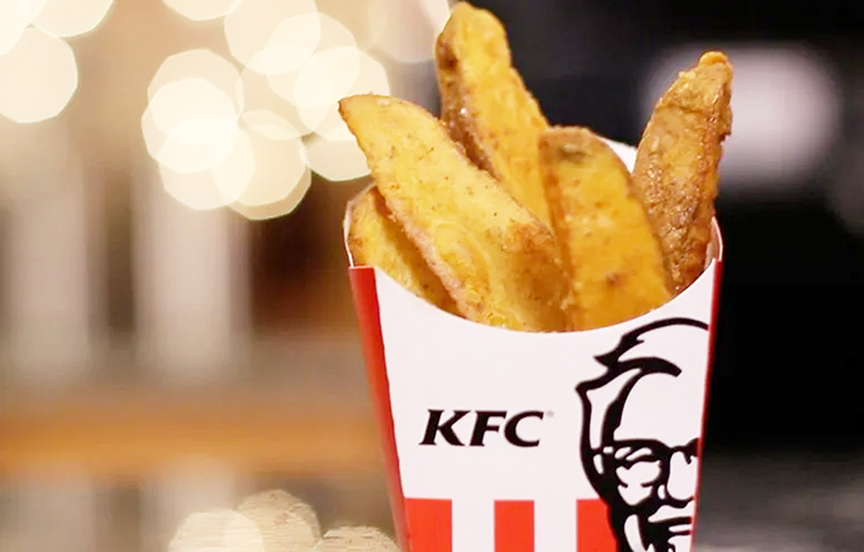By Thomas Sellers Jr.

The Malco Bartlett Cinema 10 located at 2809 Bartlett Blvd has removed all marquees as no movies will be seen any time soon at the location because the COVID-19 pandemic leading to social distancing.
One day this period will be part of history books.
Children in the 2080s will be reading about the year 2020 and the biggest event of that year – COVID-19/coronavirus.
Maybe a few of us will still be around to teach the children in the future about the bleak period in world history. The students in the future will get a firsthand account of the calm before the storm, and then the time the curb reached its peak.
Hopefully that historian will talk about the recovery, the cure and lasting positive effects from COVID-19. And when that old person leaves that classroom of just 10 students, the teacher will dictate a test of vocabulary words spoken by the person who survived the coronavirus pandemic of 2020.
Things like the CARES Act will definitely make an appearance on the test. For us today, that means Coronavirus Aid, Relief, and Economic Security (CARES) Act. It’s designed by the Small Business Administration and the Department of Treasury to assist with financially strapped small business during the economic shutdown.
Now I’m about to count down 10 more terms that our great-grandchildren will have to learn about in about 60 years that became a part of our lexicon during COVID-19.
Curfew
Sometimes during a crisis, government has to get things back under control with new laws. For a country with 320 million people, many being adults, you ask them nicely to be in their homes by a certain time. For us older than 18, it brought back memories of our parents ruling over our lives as teenagers.
Mandatory curfews are laws that effectively prohibit or limit the right to be out in public at certain times. From the city level to the state level, we had to be off the streets by a certain time. Curfews are needed in some cases to keep us healthy and stop the spread of a disease. Our curfews also required businesses to close their doors during certain hours. There are three main types of mandatory curfew laws: emergency curfew laws, business curfew laws, and juvenile curfew laws. We saw all types during COVID-19.
Curbside pickup
With our restaurants closed for inside dining, the public quickly became familiar with the term “curbside pickup.”
Several eateries never had delivery systems. Another issue for them was not having an Uber Eats type of setup. These restaurants had to develop another method to get their products to the public and stay in business.
The option of curbside pickup was born. It allowed for some of the small businesses to keep their doors open with employees working in safer conditions and allowed customers to feel safer during the transaction.
Rudy Gobert
Before March 11, 2020, Rudy Gobert was a French professional basketball player for the Utah Jazz of the National Basketball Association. He was an All-Star center known for defense. But after taking a test for coronavirus on March 9, Gobert tested positive and sequentially shut down the NBA and the world. Other famous names of the era emerged with positive COVID-19 results like Tom Hanks. But Gobert beat him to the distinction and became an important footnote in world history.
Quarantine/Self isolation
In certain periods of history, people had to go on a lockdown to stay away from harm. In 2020, many quickly learned how to spell “quarantine.” Then we got education on the difference between quarantine and self-isolation. Isolation and quarantine are public health practices used to protect the public by preventing exposure to people who have or may have a contagious disease. Isolation separates sick people with a contagious disease from people who are not sick. Isolation had to be performed in certain homes of people who were recovering from COVID-19.
Quarantine separates and restricts the movement of people who were exposed to a contagious disease to see if they become sick. These people may have been exposed to a disease and do not know it, or they may have the disease but do not show symptoms.
Some people had co-workers disappear for two weeks in 2020 because the grace period was 14 days at minimum.
Essential
By late March 2020, the U.S. American workforce was broken into two categories, essential and non-essential.
Businesses that remain open had to modify operational practices and navigate the climate of corona. Those essential businesses had to issue a letter to employees just in case law enforcement stopped them.
To whom it may concern:
[Employee name] is employed by [Company name], which is an essential business [or supplier of an essential business] as defined by [insert state-specific information such as the Executive Order number]. As such, this employee is exempt from mobility restrictions when reporting to or returning from work or while performing his or her job duties.
Nonessential
So places like a grocery store, pharmacy, bank, hardware store, post office and yes – a liquor store were deemed essential businesses. But theaters, gyms/recreation centers, salons/spas, museums, casinos/racetracks, shopping malls, bowling alleys and sporting/concert venues were asked to close.
Millions of U.S. Americans were out of jobs. The unemployment rate reached record highs in April 2020. To go along with the death rate increasing, these numbers destroyed the soul of the country.
Zoom meeting
Some industries saw a boom during the COVID-19 crisis. Zoom is one of them. Many professionals got involved in online meetings, video webinars, conference calls, phone meetings and online chats.
Zoom Video Communications became a familiar logo and lingo in America. Zoom is an American remote conferencing services company headquartered in San Jose, Calif. The company kept America in touch from the office to the home to even churches.
COVID-19/Coronavirus
Coronavirus will make its presence felt from time to time throughout history. Coronavirus is any of a family (Coronaviridae) of single-stranded RNA viruses that have a lipid envelope studded with club-shaped projections. It can infect birds and many mammals including, humans, and includes the causative agents of MERS, SARS and COVID-19.
Coronavirus has always been there and will always be there. But when the strands get mutated or develop a new form, all hades can break loose. In 2020, the COVID-19 version sent our top medical minds across the world back to the drawing board to neutralize this new strand.
Stay at home/Safer at home
Another phrase used during this period in history was “shelter in place.” Pick any of the terms —they meant for us to get to our residence and stay put in order to be safe from COVID-19.
These are terms often used in local and national emergencies and enacted by state and local governments to keep people safe. It became a popular hashtag by celebrities of the era via social media.
Traditional media pushed the agenda as well in order to keep martial law from taking place. With several U.S. Americans respecting the order from government officials, the impact of coronavirus was slowed down in early April.
Social distancing
Be at least six feet apart and have no more than 10 people in one place at the same time. These are the two main highlights of social distancing.
Social distancing is the physical distancing encouraged by the government and health officials during COVID-19. Social distancing was put in place to prevent the spread of a contagious disease by maintaining a physical distance between people and reducing the number of times people come into close contact with each other.
COVID-19 had so many unknowns in the early stages. All we knew was that a little space a part would keep us safer. No more handshakes, hugs, kisses or physical contact, even between family.
It also meant no games, graduations, parties and festivals with social distancing. During this scary time, the rule of the day and term of the year was social distancing.
THOMAS SELLERS JR. is the editor of The Millington Star and both the sports editor and a weekly personal columnist for West 10 Media/Magic Valley Publishing. Contact him by phone at (901) 433-9138, by fax to (901) 529-7687 and by email to [email protected].





